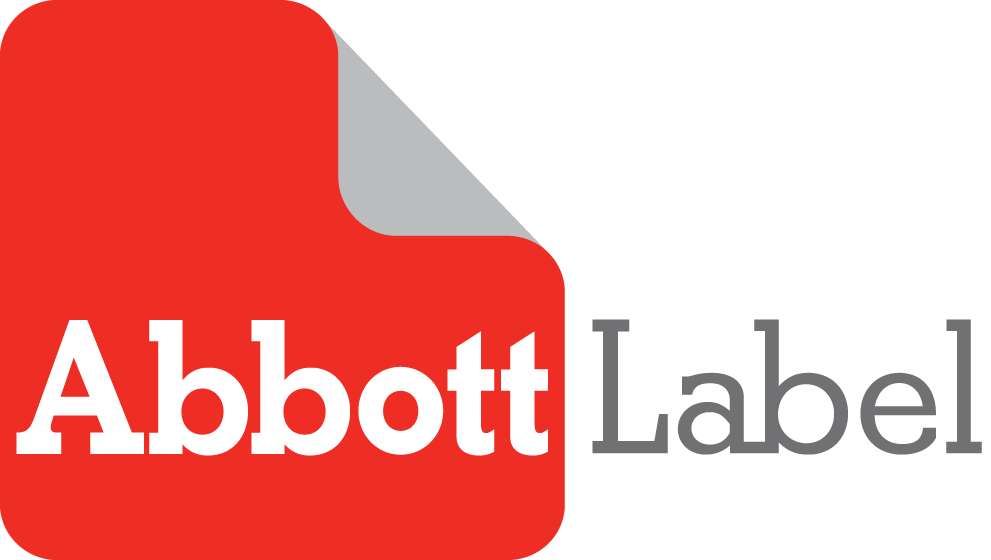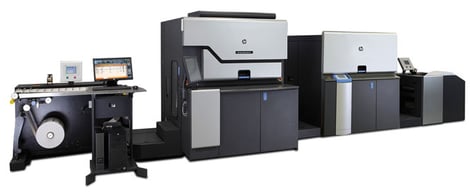1. No Printing Plates
Traditional Printing: Silicone printing plates are needed to transfer ink from the press onto the label material. Each job would have its plates for its unique artwork and fingerprinted to the printing press it is running on. Producing custom printing plates results in upfront additional charges for the order.
Digital Printing: Digital printing eliminates the need for printing plates through a servo is driven print engine. A photo-imaging-plate and an electronically charged blanket are used to extract the correct amount of ink that is transferred onto the substrate. Both the P.I.P and the electric blanket is used for multiple jobs before replaced.
How does this benefit you? Eliminating the traditional printing plate reduces the upfront first order charge for printing plates. Now time spent manufacturing printing plates is focused on getting your job on and off the press faster.
2. Print-on-Demand
Traditional Printing:This method does not allow for any print-on-demand feature. In fact, just to set up a 4-color process job, it can take anywhere from 500 to 1,000 feet of material.
Digital Printing: If you take the same 4-color process job and run it digitally you will find savings all across the board. With the ability to use print-on-demand technology.
How does this benefit you? With the ability to shrink waste in the manufacturing process by using print-on-demand technology we are also able to shrink our cost and our turn time. Thus, providing you with a higher quality label at a lower price and on your products faster.
3. Multiple Copies
Traditional Printing: Running multiple copies using traditional print can be expensive and time-consuming. Each copy has to have its own set of plates. Then one by one each copy runs as if it were a new order. That means downtime for each setup and new waste for each copy.
Digital Printing: Producing multiple print orders using digital printing is simple and precise. Once we have set up the artwork for each copy, we click print, and the Hp Indigo does the rest. There are no plate changes or extra sets up needed to go from one copy to the next.
How does this benefit you? With the ability to run multiple copies without any additional downtime for setup, we can save money on waste and press time. Resulting in more savings and delighting your customer with receiving their order faster.
4. Improved Turn Times
Traditional Printing: Waiting for printing plates and a longer set up process yield a longer turn time than its digital counterpart. A standard turn time is 7 - 10 business days or sooner.
Digital Printing: With no printing plates needed and simple set up, turn times are much shorter than traditional print. A standard turn time is 3-5 business days or sooner.
How does this benefit you? Improving turn times means your customers speed-to-market also improves.
5. Printing Consistency
Traditional Printing: A shrinking concern with traditional printing is color and print consistency. Each time the job runs, the new ink must is mixed, and the printing plates are mounted onto the print cylinder. Also, each order could be produced by various pressmen, adding in different on-press tendencies and techniques.
Digital Printing: After the artwork has been in approved and set up for its initial production run, the pressman saves the file on the server. When the job repeats, the print file is downloaded onto the digital press again and outputs the same exact measurements as the initial run. Limiting human error, we now have a significant increase in printing consistency.
How does this benefit you? When you're going after brands who cannot allow any variances in their artwork, digital printing allows peace of mind.






